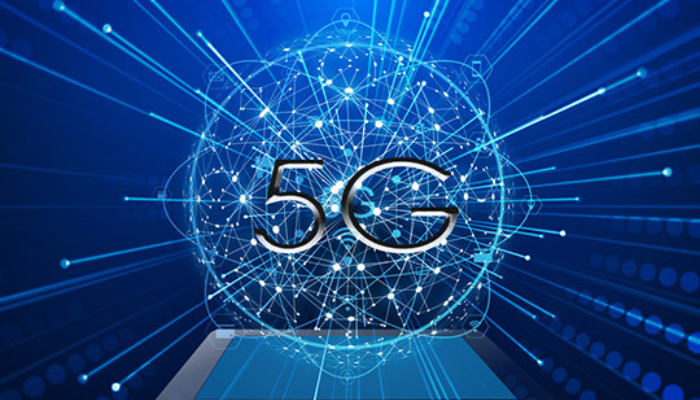Not Just Entertainment: The Future of 5G in Business Communications
5G was developed to handle the growing demand for data and deliver faster, more efficient mobile networks. In doing so, it brings major improvements to how we connect, work, and communicate. While most people get excited about 5G for entertainment — lightning-fast downloads or smoother gaming — the real game-changer lies in what 5G can do for business communications and business operations.
Why Effective Communication Still Decides Business Success
Business communication — internal and external — is the backbone of operational success. When communication is strong, companies see higher productivity, quicker problem-solving, better relationships, and healthier company culture.
DecisionWise, a global consulting firm, found:
-
Companies with low employee engagement earn 32.7% less in operating income compared to engaged companies.
-
Companies with a highly engaged workforce see operating income rise by 19.2% within 12 months.
The message is simple: when communication improves, engagement improves, and the bottom line follows.
How 5G Transforms Business Communications
5G theoretically delivers up to 20Gbps download speeds, 10Gbps uploads, and latency as low as 4ms. Tests in South Africa reached average speeds around 250Mbps, equivalent to high-end fibre.
Its biggest strengths — speed, latency, bandwidth and efficiency — directly improve how companies communicate, collaborate, and operate.
1. Faster Speeds for Instant Collaboration
5G can reach speeds up to 100x faster than 4G LTE.
This means:
-
Faster file transfers
-
Smoother video calls with clients and teams
-
Instant software updates
-
Faster access to cloud platforms and business tools
For fast-paced businesses, speed equals efficiency.
2. Ultra-Low Latency for Real-Time Performance
Latency is the time it takes data to travel from point A to point B. With 5G, latency drops to 1 millisecond — compared to 30–50ms on 4G.
Ultra-low latency benefits:
-
Real-time communication tools
-
Live collaboration
-
AI-driven decision-making
-
Virtual reality (VR) and augmented reality (AR) applications
-
Data-heavy IoT devices
Web pages load faster, systems respond instantly, and real-time technologies finally work the way they’re supposed to.
3. More Bandwidth for More Devices
Modern workplaces rely on multiple connected devices. 5G’s increased bandwidth allows:
-
More IoT devices operating at once
-
More users connected without slowdowns
-
Better performance in high-density environments
-
Reliable smart office automation
As businesses add more tools, sensors, and platforms, bandwidth becomes non-negotiable.
4. Improved Network Efficiency and Reliability
5G introduces technologies like:
-
Dynamic spectrum sharing
-
Network slicing
Both ensure users get the network resources they need without interruptions — even during peak usage.
This allows businesses to:
-
Automate processes
-
Host high-quality web conferencing
-
Enjoy consistent, reliable connectivity
-
Reduce downtime and performance bottlenecks
Reliable networks aren’t a luxury. They’re a requirement.
The Future: 5G Unlocks the Next Wave of Innovation
5G doesn’t just improve communication — it enables entirely new business models and capabilities.
5G supports advanced technologies such as:
-
Internet of Things (IoT)
-
Artificial intelligence (AI)
-
Augmented reality (AR)
-
Virtual reality (VR)
These aren’t new concepts, but 5G finally gives them the infrastructure to scale.
For example, VR in education and training is already accelerating. Forbes projects the global VR education market to reach US$13 billion by 2026.
With 5G, innovations like VR classrooms, remote diagnostics, AR-assisted engineering, and predictive automation move from “future tech” to daily reality.
Bring Your Business Comms Into the Future with 5G
The advantages of 5G — speed, low latency, bandwidth, and efficiency — make it a powerful upgrade for any organisation looking to improve productivity and communication.
If you’re ready to modernise how your business connects, collaborates, and operates, explore the 5G offerings from Vox.
The future of business communication is already here. 5G just makes it faster, smarter, and more capable.















